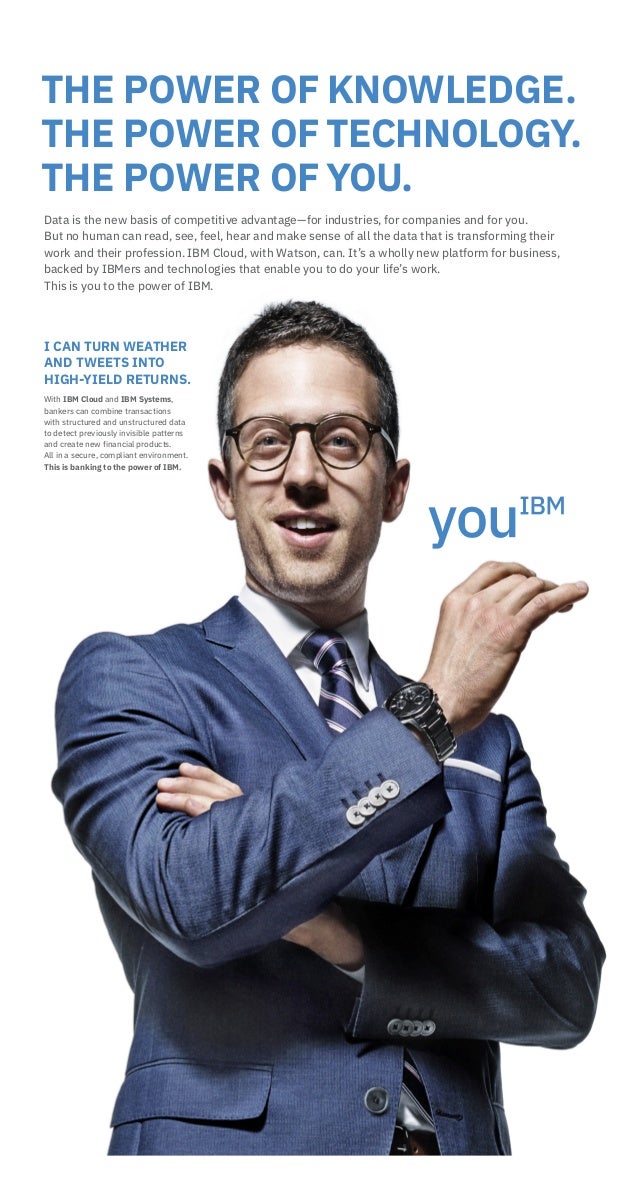Advertising on most days is a fairly boring job. As people working in advertising, crafting promise for brands the everyday currency is consistency. Brands are about saying the same thing in multiple ways across multiple media channels.
Communication plays a key role in creating a competitive advantage for the brand. Done with right values and creative proposition it helps consumers make informed choices.
Once in a while though advertising adds a dose of excitement to the brand by getting competitive. This is when brands go hammer and tongs against each other, call each other names and often force the consumers to take sides.
The fair question to ask is this: why do brands no do this often? Even better, why do they not do this all the time?
The answer to this is complex, but often the simplest answer is that consumers get bored of a fight quickly and engagement with the brand can drop off fairly quickly.
Last month we saw three brands taking pot shots at the competition. One was really daring, the other was a dud. But the wider question remains, can comparative advertising be the long-term strategy for brands? Can it be made to work?
The Daring
There is a brand of motorcycle that is known by the thump-thump sound of its engine. It‘s an iconic brand of cruiser motorcycles with almost a cult following. Bajaj Dominar threw the gauntlet mocking the slow, raw, complicated nature of the bike in its new TV commercial, comparing the competing bike to keeping an elephant as a pet. Stated in Hindi, it’s a euphemism for something that you buy expensive, you maintain expensively and has very little utility value. For an upstart brand, this was a daring move, a move that was designed to polarize the views of bikers. The entire conversation around the communication in social media points to two things. One, it got a lot of eyeballs for Dominar. Two, Royal Enfield, the brand Dominar, mocked carried along like an elephant, unfazed. It didn’t even bother to respond.
Now did Bajaj give a backhand compliment to RE? Did it add to the legend of RE?
Maybe the next move of Bajaj will tell us where the whole battle is going.
The Dud
Jeep launched its smaller (not small) SUV Compass to great fanfare and a stunning price point. The market lapped up the Jeep with open arms, swelling the turnstiles. Jeep has a big hit in its kitty.
Not one, but two brands went against Compass with tongue and cheek ads.
First, Tata Hexa a newly launched SUV from Tata stable went building appeal by saying Hexa takes you anywhere and you don’t need Compass. The two brands actually may not be targeting the same driver. Hexa is raw, more brawn and meant for the those who want a tough SUV. Jeep Compass is way too urbane and refined and appeals to a very different mindset.
The second brand that went paying a backhand compliment to compass was XUV 500. “You don’t need a compass to win races, you need guts,” said the advertising. XUV 500 is more in the same space as Jeep Compass and maybe they had a reason to react, but then they could have reacted like Jaguar and Merc went up against each other. That is the kind of fight that adds to the brand’s mystique.
The conversation on social media indicates that both brands helped Jeep more than take away from its appeal.
If the communication was addressed to ensure that the appeal of Jeep gets muted than the advertising didn’t hit the bullseye.
The Sublime
The brand that has elevated comparative advertising to an art form is Burger King. Burger King’s fight with McDonald’s is legendary. There are hundreds of lessons that brands can learn from how Burger King attacks McDonald’s to sell more. They do this with intelligence, they force people to take sides and they do it with a very well-defined sense of humor.
Very few brand will have the ability to create a product like McWhopper and ask its prime competitor to make peace with it for just one day. The consumers enjoyed the fight, they laughed, and they took sides. Burger King even got McDonald’s to react.
Burger wars are far bigger today than the erstwhile cola wars and Burger King is the sole warrior. Somehow it ensures that consumers take sides and enjoy the whole saga.
The point is simple; if you have to go to fight with your competitor, make it worth the while for consumers and dint leave it as a conversation between two marketing departments.
There is always a phone for that or Whatsapp.
Original Published Here: http://bestmediainfo.com/2017/08/ad-stand-comparative-advertising-daring-and-dud/






